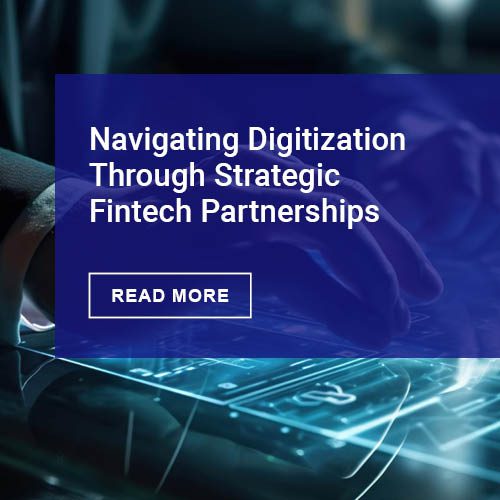Almost all credit cards peg their interest rates to the Prime Rate, plus “X.” That “X” varies by issuer and cardholders. Some get better rates, perhaps Prime + 16%, others get higher rates with numbers like Prime + 26%. Every time the prime goes up, it means rates will rise.
With that in mind, how could the prime go down and credit card interest rates go up?
It is all in the spreads.
All credit card issuers are required to file their credit card terms and agreements with the CFPB, which can be accessed here. Consider two Wells Fargo credit cards; the Wells Fargo Platinum Visa Card Account and the Wells Fargo Advisors Premium Rewards Visa Signature card.
The former is a mass-market card; the latter is for more upscale customers. The Wells Fargo Platinum Visa may sound attractive with a minimum Prime + metric of 5.74%, but the maximum rate is Prime + 21.74%. By having such a wide range, and presumedly underwriting more towards the maximum rate than the minimum rate, the blended average is much higher.
For the upscale card, Wells Fargo Advisors, the range is tighter at 12.24% to 14.25%.
An article in today’s WSJ discusses this topic and illustrates that the widening of the gap, as shown above, creates a higher net interest rate for consumers even as the Prime Rate falls:
- The increase in rates might seem counterintuitive, given that the Federal Reserve has twice lowered short-term interest rates in recent months. But banks’ generous card rewards programs, offering free travel and other perks, have been eating into lenders’ profitability.
- To offset that pain, banks are charging cardholders more to borrow.
- The average annual percentage rate, or APR, on interest-charging credit cards, is about 17%, according to Fed data. That is near its highest in more than two decades.
- Lenders tacked on an average margin of 11.72 percentage points on interest-charging cards in August, up from 10.6 points two years before.
With improved credit losses, card issuers were able to deliver better returns; the industry reversed the four-year trend of a declining Return on Assets (ROA).
- Credit cards delivered a 3.8% return on assets to large banks highly concentrated in the card business in 2018, according to the latest data available from the Fed. That marked the first increase in returns since 2013
- That figure will likely rise to 3.9% this year, according to a forecast by Brian Riley, director of credit practice at Mercator Advisory Group, a payments consulting firm. He also predicts that credit-card APRs will rise slightly over the next two years.
What saved the day for profitability is improved charge-offs, which ended 2018 at 3.59%, up slightly from Q42017, which ended at 3.52%. The most recent number (Q219) is 3.62%, 5 basis points worse than the same, Q218.
If delinquency holds through year-end, U.S. credit card issuers will experience strong performance in 2019.
Overview by Brian Riley, Director, Credit Advisory Service at Mercator Advisory Group











